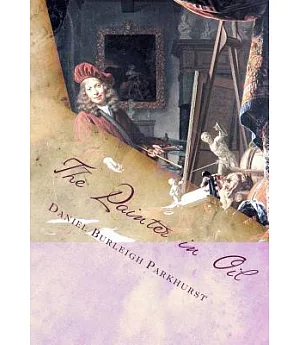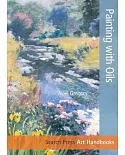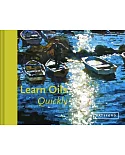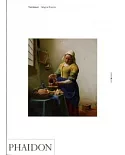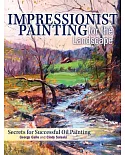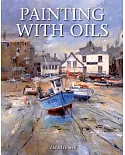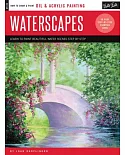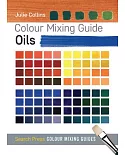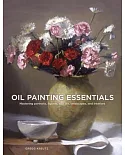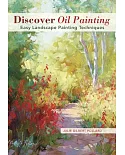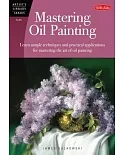Books of instruction in the practice of painting have rarely been successful. Chiefly because they have been too narrow in their point of view, and have dealt more with recipes than with
principles. It is not possible to give any one manner of painting that shall be right for all men and all subjects. To say "do thus and so" will not teach any one to paint. But there are
certain principles which underlie all painting, and all schools of painting; and to state clearly the most important of these will surely be helpful, and may accomplish something.It is the
purpose of this book to deal practically with the problems which are the study of the painter, and to make clear, as far as may be, the principles which are involved in them. I believe that
this is the only way in which written instruc-tion on painting can be of any use.It is impossible to understand principles without some statement of theory; and a book in order to be practical
must therefore be to some extent theoretical. I have been as concise and brief in the theoretical parts as clearness would permit of, and I trust they are not out of proportion to the practical
parts. Either to paint well, or to judge well of a painting, requires an understanding of the same things: namely, the theoretical standpoint of the painter; the technical problems of color,
composition, etc.; and the practical means, processes, and materials through which and with which these are worked out.It is obvious that one cannot become a good painter without the ability to
know what is good painting, and to prefer it to bad painting. Therefore, I have taken space to cover, in some sort, the whole ground, as the best way to help the student towards becoming a good
painter. If, also, the student of pictures should find in this book what will help him to appreciate more truly and more critically, I shall be gratified.There is a false implication in the
saying that "a poor workman blames his tools." It is not true that a good workman can do good work with bad tools. On the contrary, the good workman sees to it that he has good tools, and makes
it a part of his good workmanship that they are in good condition.In painting there is nothing that will cause you more trouble than bad materi-als. You can get along with few materials, but
you cannot get along with bad ones. That is not the place to economize. To do good work is difficult at best. Econo-mize where it will not be a hindrance to you. Your tools can make your work
harder or easier according to your selection of them. The relative cost of good and bad materials is of slight importance compared with the relative effect on your work.The way to economize is
not to get anything which you do not need. Save on the non-essentials, and get as good a quality as you can of the essentials.Save on the number of things you get, not on the quantity you use.
You must feel free in your use of material. There is nothing which hampers you more than parsimony in the use of things needful to your painting. If it is worth your while to paint at all, it
is worth your while to be generous enough with yourself to insure ordinary freedom of use of material.The essentials of painting are few, but these cannot be dispensed with. Put it out of your
mind that any one of these five things can be got along without:—You must have something to paint on, canvas or panel. Have plenty of these.

